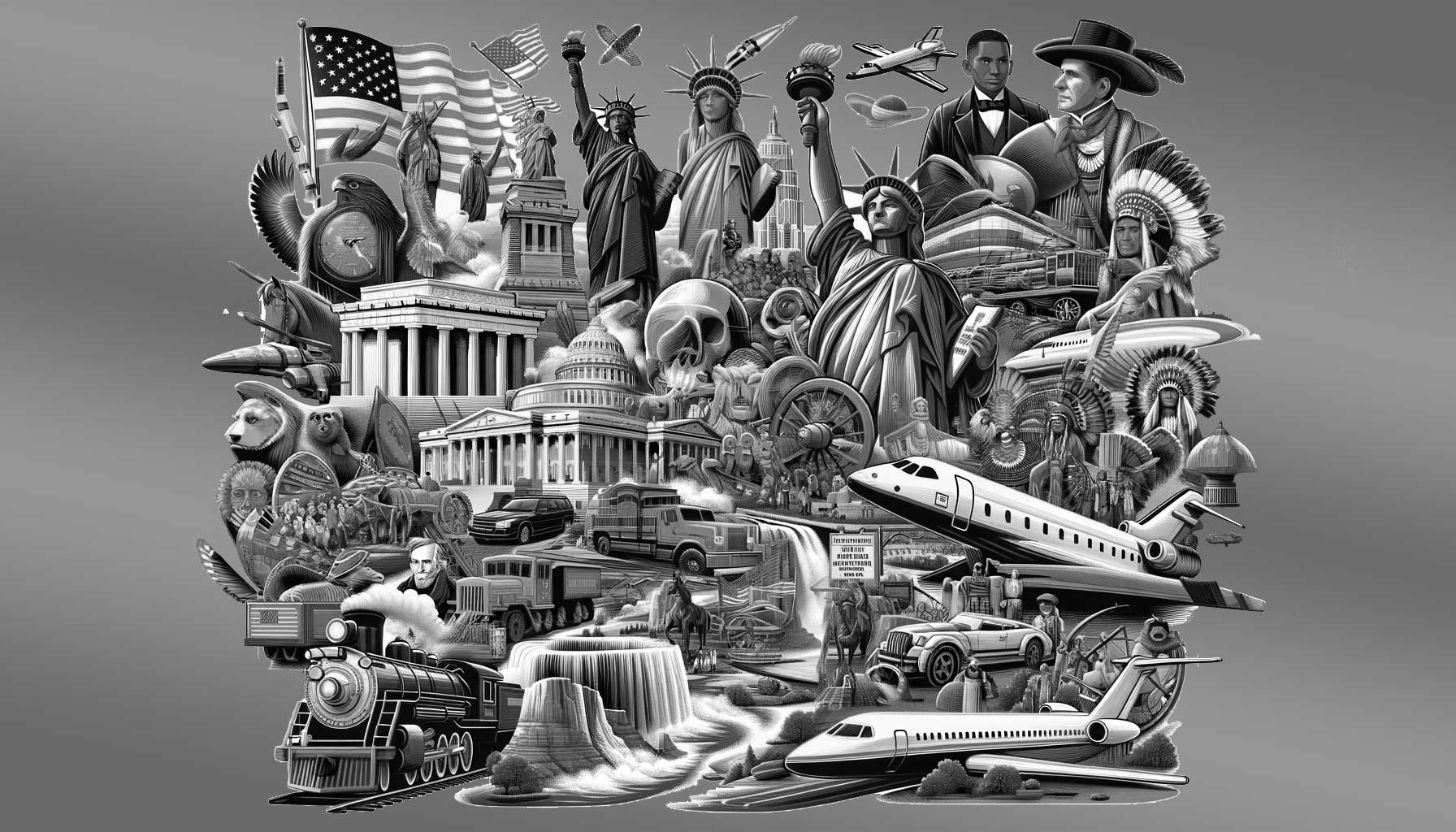Flashback to February 25
American History

The year was 1969, when the world witnessed a monumental event in aviation history – the inaugural commercial flight of the Boeing 747, the largest airplane ever built. On February 9th, 1969, the skies bore witness to this awe-inspiring machine taking off for the first time, marking a new era in air travel. Let’s delve into the details of this historic event and explore the impact of the Boeing 747 on the aviation industry.
The Boeing 747, also known as the “Jumbo Jet,” was designed to revolutionize air travel, with its unprecedented size and capacity. The brainchild of Boeing’s chief engineer, Joe Sutter, the 747 was envisioned as a response to the growing demand for long-haul flights and increased passenger capacity. Its development took several years and involved an extensive collaborative effort between Boeing, its suppliers, and various airlines.
Finally, on that fateful day in February 1969, Pan American World Airways operated the first commercial flight of the Boeing 747, flying from New York’s John F. Kennedy International Airport to London’s Heathrow Airport. This inaugural flight not only marked a significant milestone for Boeing but also set the stage for a new era of air travel.
The sheer size of the Boeing 747 was a wonder to behold. With a length of 231 feet and a wingspan of 195 feet, the Jumbo Jet could accommodate up to 366 passengers in a typical three-class seating configuration. Its upper deck, located just aft of the cockpit, introduced a new level of luxury, housing a lounge, bar, and even a piano on some early models.
The Boeing 747’s massive size posed several engineering challenges, especially during takeoff and landing. To handle this, Boeing designed a unique high-lift system, including flaps and slats, to generate the necessary lift and reduce landing speeds. Its four powerful engines, each producing around 46,500 pounds of thrust, ensured that the Jumbo Jet could carry heavy loads over long distances.
The commercial success of the Boeing 747 was immediate and enduring. Airlines quickly recognized its potential to accommodate a large number of passengers and capitalize on the growing demand for air travel. The introduction of the 747 allowed airlines to offer more seats at lower costs, making long-haul flights more accessible to the general public. This innovation played a significant role in the democratization of air travel and paved the way for modern aviation.
Over the years, the Boeing 747 continued to evolve with advancements in technology. New variants, such as the 747-400 and 747-8, introduced enhanced efficiency, longer range capabilities, and advanced avionics systems. The Jumbo Jet became the aircraft of choice for many major airlines, connecting distant corners of the globe and bridging cultures and continents.
Despite its undeniable success, the Boeing 747 faced challenges in recent years as airlines shifted their focus towards more fuel-efficient aircraft. The rise of twin-engine wide-body planes, such as the Boeing 777 and Airbus A350, offered improved fuel economy and greater flexibility in operating routes with lower passenger demand. As a result, several airlines retired their 747 fleets, marking the end of an era for this iconic aircraft.
Nevertheless, the Boeing 747’s legacy remains intact. Its unparalleled size, groundbreaking design, and lasting impact on the aviation industry will forever be etched in history. The Jumbo Jet’s first commercial flight on February 9th, 1969, symbolizes a time of extraordinary achievement and innovation, reminding us of the progress humanity is capable of.
the inaugural commercial flight of the Boeing 747 on February 9th, 1969, represents a significant milestone in aviation history. This monumental event marked the beginning of a new era in air travel, characterized by larger aircraft and increased passenger capacity. The Boeing 747’s impact on the aviation industry cannot be understated, as it not only transformed the way people travel but also showcased the power of human innovation and engineering prowess.
We strive for accuracy. If you see something that doesn't look right, click here to contact us!
Sponsored Content

Elijah Muhammad, leader of…
Elijah Muhammad, the prominent…

Glacier Bay National Monument…
On February 25, 1925,…

